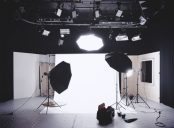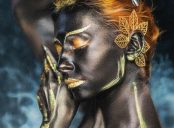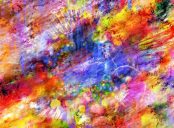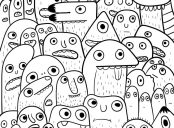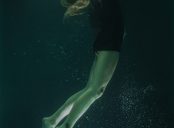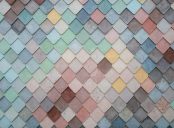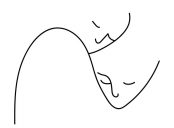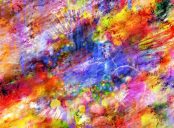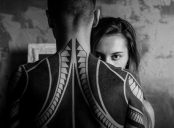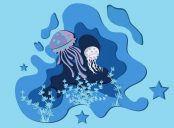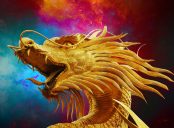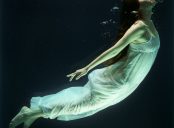Fashion Illustration: An Artistic Exploration
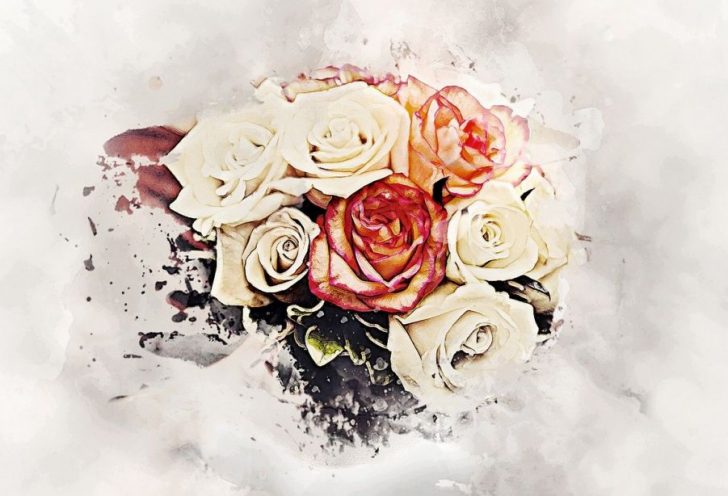
Introduction:
Fashion illustration is a captivating art form that combines fashion and artistic skills to visually interpret clothing designs. It plays a significant role in various industries, such as fashion, advertising, and media. In this article, we will delve into the world of fashion illustration, explore its different types, discuss its historical significance, and touch upon its pros and cons.
1. An Overview of Fashion Illustration:
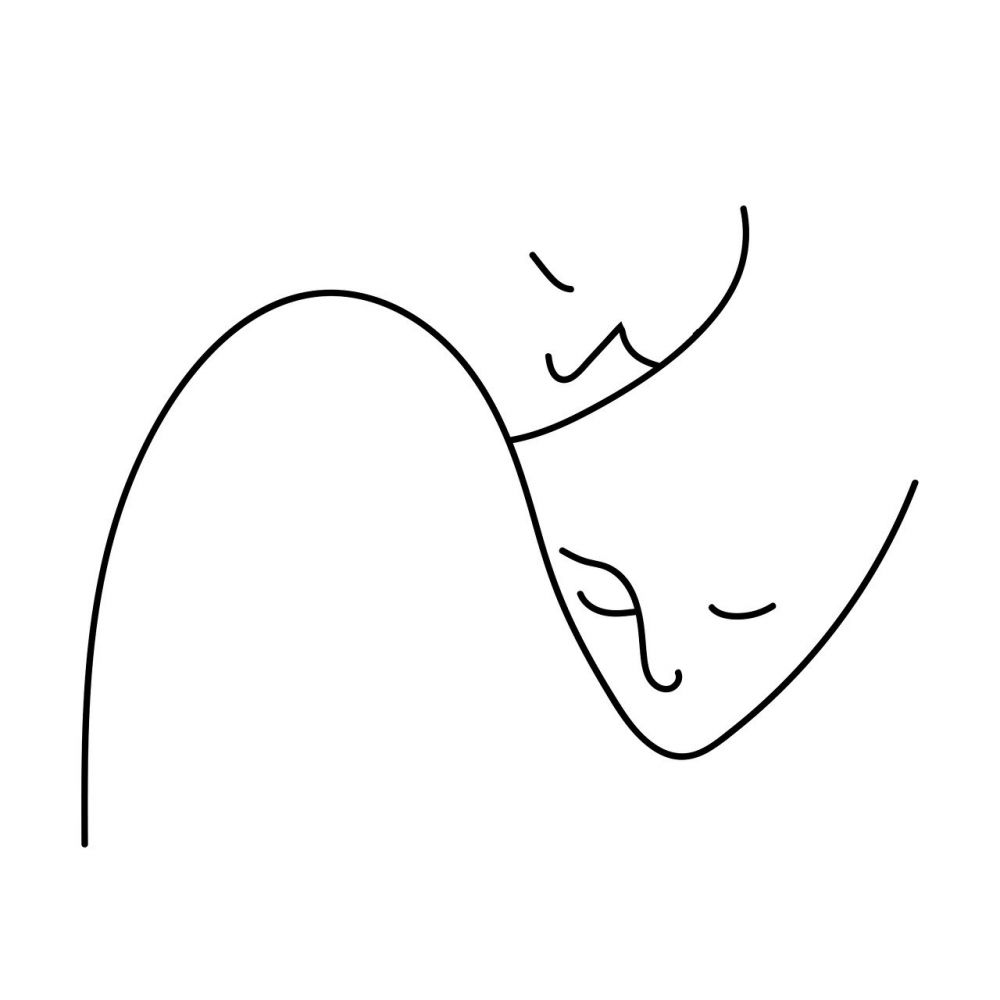
Fashion illustration is the art of visually representing clothing designs. This art form dates back to the 15th century when fashion plates were used to showcase the latest trends. Today, fashion illustrators use a variety of techniques, including traditional mediums like pencils, watercolors, and markers, as well as digital tools like tablets and software.
2. Types and Popularity of Fashion Illustration:
a) Sketching: Sketching is the most common type of fashion illustration. It involves creating rough, quick drawings to capture the essence of a design. Sketches are often loose and fluid, allowing the illustrator to experiment with various poses, silhouettes, and details.
b) Flat Drawing: Flat drawing focuses on accurately representing the proportions, shapes, and details of a garment. It is commonly used in technical drawings for pattern making and production.
c) Digital Fashion Illustration: With advancements in technology, digital fashion illustration has gained popularity. It involves using software like Adobe Illustrator or CorelDRAW to create precise and detailed illustrations. Digital tools offer various advantages, such as easy editing, resizing, and manipulation of designs.
d) Mixed Media: Some fashion illustrators combine different mediums, such as watercolors, pastels, and collage materials, to create unique and textured illustrations. This approach adds depth and dimension to their work.
3. Quantitative Insights on Fashion Illustration:
Fashion illustration has witnessed a surge in popularity with the advent of social media platforms like Instagram and Pinterest. These platforms provide a space for illustrators to showcase their work, gather inspiration, and connect with a wider audience. According to a survey conducted among fashion illustrators in 2020, 70% of respondents reported increased demand for their services across various industries.
Furthermore, brands and designers recognize the value of fashion illustrations in their marketing strategies. Vogue, for example, regularly features fashion illustrations in their print and digital publications, highlighting its enduring relevance and appeal.
4. Differences in Fashion Illustration Styles:
Fashion illustrations can vary greatly in terms of style, technique, and aesthetic. Some illustrators prefer a minimalist approach, focusing on clean lines and simplicity, while others favor a more detailed and intricate style. Illustrations can also differ based on the intended purpose, such as editorial illustrations for magazines, advertising campaigns, or personal portfolio presentations.
5. Historical Perspective:
a) Advantages: In the past, fashion illustrations played a pivotal role in disseminating fashion trends before the advent of photography. Fashion magazines included intricate illustrations accompanied by detailed descriptions, allowing readers to visualize the latest styles. These illustrations not only served as a source of inspiration but also showcased the illustrators’ skills and creativity.
b) Disadvantages: However, as photography gained prominence, fashion illustrations were gradually overshadowed. The accuracy and realism provided by photography became more appealing to audiences and advertisers. This shift led to a decline in the demand for traditional fashion illustrations, but the art form managed to adapt and find new avenues for expression.
Conclusion:
Fashion illustration is an art form that continues to mesmerize and inspire. Its diverse types, ranging from sketching to digital illustrations, offer a plethora of creative possibilities. While photography has partially replaced traditional fashion illustrations, the beauty and uniqueness of artistic interpretation remain invaluable. So next time you flip through a fashion magazine or scroll through Instagram, take a moment to appreciate the skill and imagination behind those illustrations.

